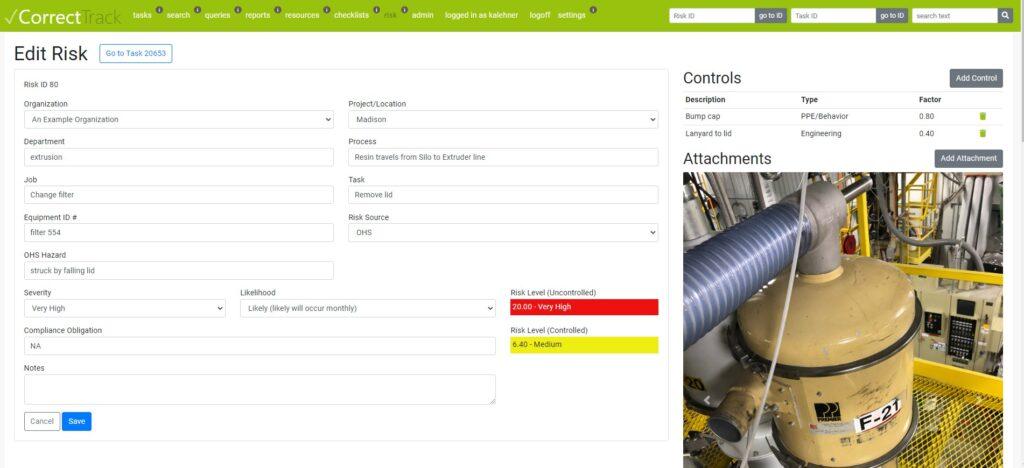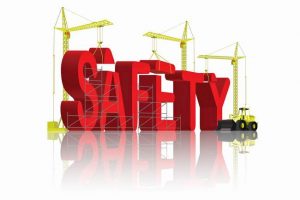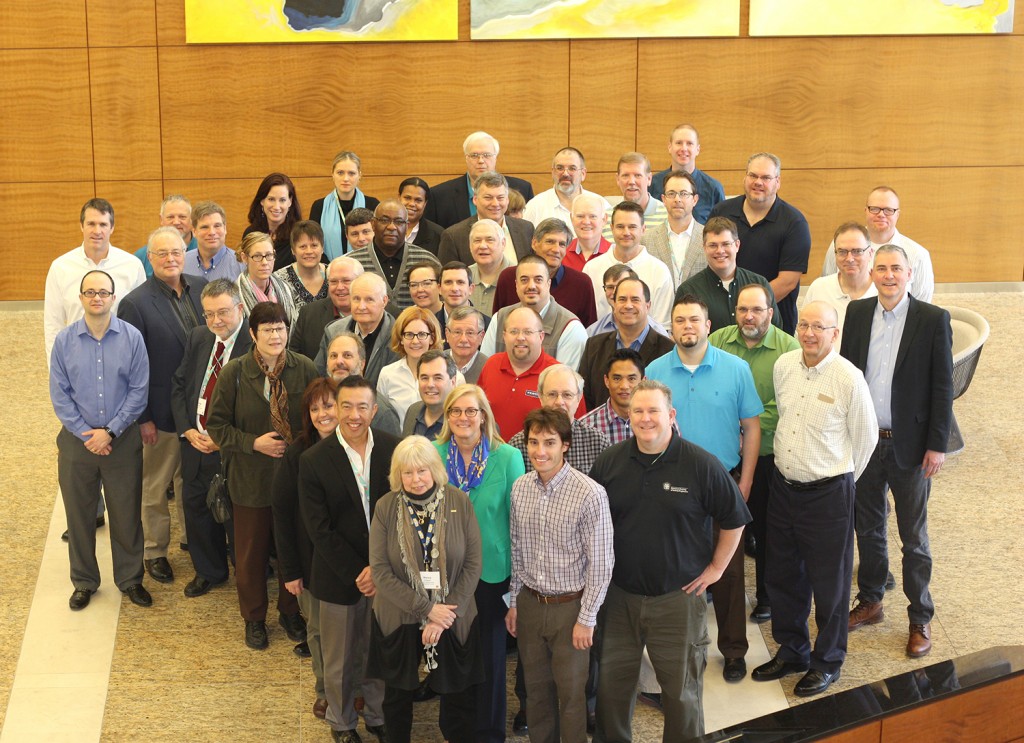Here is a question that was recently posed on the ISO 45001 LinkedIn Group page and our response.
Question –
ISO 45001…Looking at requirement 7.4.1 (d) “The organisation shall ensure that the views of external interested parties are considered in establishing its communication process(es).” Anyone have any thoughts on how they will address this requirement, bearing in mind that OHSAS 18001 required, where appropriate external interested parties…are consulted?
Our Response –
I assume when you ask “how will they address this requirement” you are referring to certification bodies (CB’s) performing 3rd party independent audits of the OHSMS. I suspect that the answer to this question will be largely determined by how the CB calibrates their auditors for what the CB considers adequate objective evidence of conformity. My hope is that the CB’s will take a liberal view of what is acceptable here and let the auditee decide who is an external party and what views need to be considered.
I think that this section of ISO 45001:2018 is unnecessarily confusing and will likely be a source of debate between organizations and their CB auditors. The High-Level Structure text for his section was limited to the following:
7.4 Communication
The organization shall determine the internal and external communications relevant to the XXX management system, including:
— on what it will communicate;
— when to communicate;
— with whom to communicate;
— how to communicate
As a member of the US-Technical Advisory Group I observed that organized labor strongly supported adding additional language in this section and suspect that the intent is that organized labors “views” are considered when establishing the communication process.
So if organized labor is part of an organizations structure asking them to express their views on communication and documenting those views would be a good place to start. These views can then be discussed with the leadership during management review and “considered” when establishing the communication process. Producing these records during and audit should help show CB auditors that “the views of external interested parties are considered in establishing its communication process(es)”.
If organized labor is not a consideration, then it gets a bit tougher. I would start with of list of who the organizations think might conceivably be consider an external interested party. These might include:
- Regulatory agencies
- Business associations
- Neighbors
- The community
- Local politicians
- Worker family member and relatives
I do not believe the standard compels an organization to proactively seek out the views of all external interested parties. This would be overly burdensome and of little value to the effectiveness of the OHSMS. However, after compiling its list the next question should be, have any of these external parties expressed views on how we communicate externally about our OHSMS? If the answer is no, then it would be appropriate to state to the auditor that no external parties have express views on our external communication process.
If views have been express by any of those on the list this should also be documented and discussed in management review (also documented) regarding the result of the consideration of these external views. Lastly, if the CB auditor digs in heals here and expects extensive evidence in this section you will always have the option to appeal a finding the CB’s Executive Committee of the CB for relief.






 The development of ISO 45001 for Occupational Health and Safety Management Systems had a significant setback early this year. By a narrow margin the international committee voted to refer it for additional review and comment. ISO 45001 is being developed to replace OHSAS 18001:2007.
The development of ISO 45001 for Occupational Health and Safety Management Systems had a significant setback early this year. By a narrow margin the international committee voted to refer it for additional review and comment. ISO 45001 is being developed to replace OHSAS 18001:2007. eliminate the hazard
eliminate the hazard

